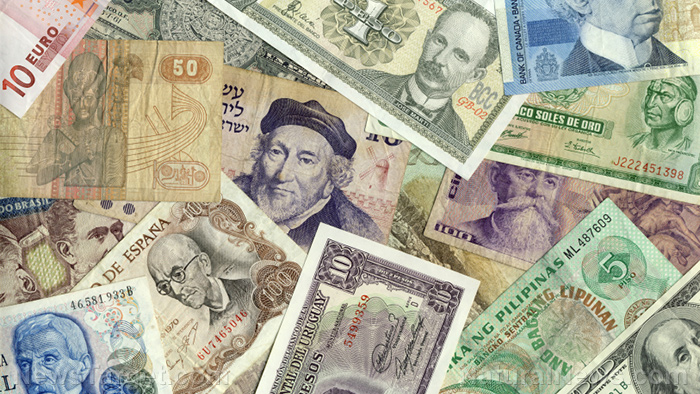 Parler
Parler Gab
Gab
Cocoa prices could soar up to $20,000 per ton by year's end
Pierre Andurand of Andurand Capital Management has noted the bullish cocoa prices this year. He discussed the dynamics of cocoa prices and market behavior on Bloomberg's "Odd Lots" podcast with hosts Tracy Alloway and Joe Weisenthal. According to Andurand, historically, prices responded to supply changes, but now, with slower supply responses, demand plays a crucial role. Andurand explained that people often view prices nominally without accounting for inflation, leading to misconceptions about current price levels compared to historical highs. "A lot of people look at prices in nominal terms. You hear people saying, 'Oh, we are at all-time high prices in cocoa,' but that's because they look at prices in nominal terms. [The] previous high in 1977 was $5,500 something dollars a ton of 1977 dollars, which is equivalent to $28,000 a ton of today's dollars," Andurand said. Moreover, a key metric is the inventory-to-grindings ratio, which measures cocoa bean inventory relative to demand. Despite stable chocolate demand, grinding (industrial processing of cocoa beans) has decreased. Currently, the cocoa market faces a significant deficit, with inventories at historically low levels. This, in turn, could potentially lead to severe shortages and price spikes. Meanwhile, the market's volatility has increased due to reduced positions by traders, resulting in less liquidity and higher price swings. Contrary to some beliefs, funds have been selling cocoa since February, not driving up prices. Producers, facing lower production than expected, have been buying futures, leading to reduced market exposure and increased volatility. Therefore, Andurand anticipates that cocoa prices could reach $20,000 per ton later this year or early next year at the latest. Visit FoodCollapse.com to read more about food production issues that could lead to shortages and starvation. Watch this episode of the "Health Ranger Report" as Mike Adams, the Health Ranger, interviews Steve Poplar about how they can see the food supply chain collapsing in real time. This video is from the Health Ranger Report channel on Brighteon.com.More related stories:
Food shortages and inflation continue as "Bidenomics" SPECTACULARLY FAILS. Globalists weaponize food and energy supply to pave the way for global "Holodomor." Global elites' secret plot against food: Why you might be forced to eat lab meat soon. Drug and food shortages are here, and they will get a lot worse. Alaska task force recommends $67M worth of local measures to avert looming food shortage. Sources include: ZeroHedge.com Bloomberg.com Brighteon.comBig Pharma firm stops providing life-saving diabetes drug to Russian market
By Cassie B. // Share
If wishes were fishes — a teachable intermezzo
By News Editors // Share
The reality of economic collapse, and why skeptics deny it
By News Editors // Share
New Zealand to resume OIL DRILLING amid fears of blackouts
By Ramon Tomey // Share
Governments continue to obscure COVID-19 vaccine data amid rising concerns over excess deaths
By patricklewis // Share
Tech giant Microsoft backs EXTINCTION with its support of carbon capture programs
By ramontomeydw // Share
Germany to resume arms exports to Israel despite repeated ceasefire violations
By isabelle // Share










